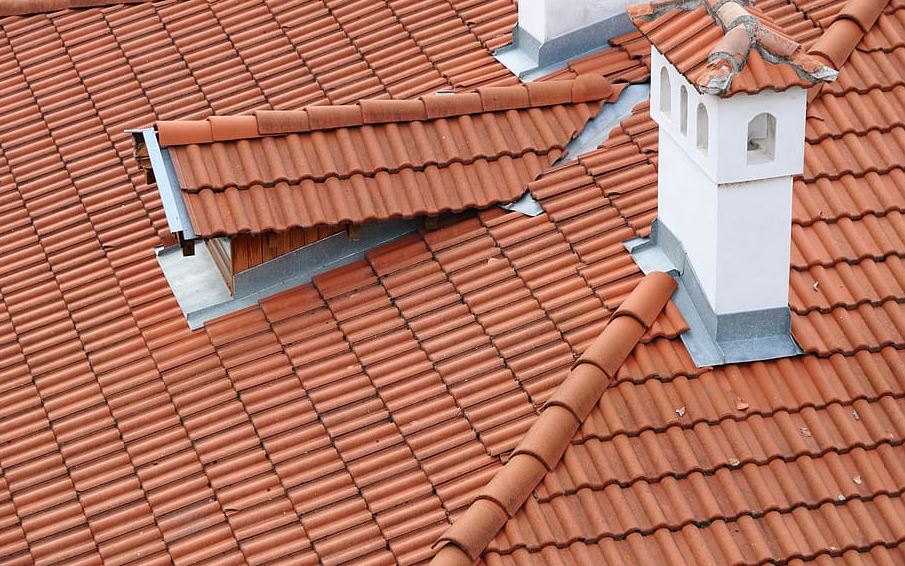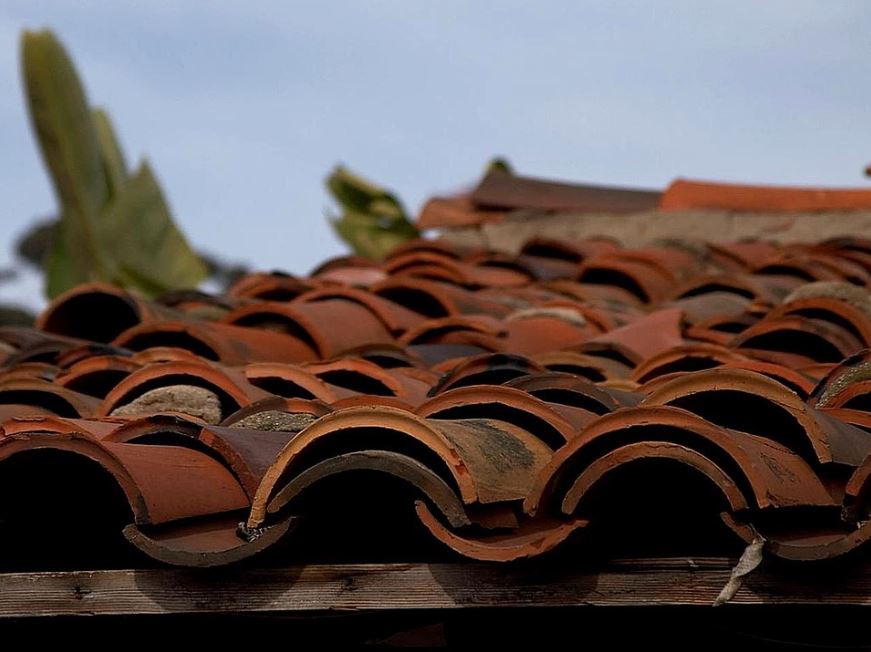If you’ve ever been to California or Florida or in the countries near the Mediterranean, you’ve probably seen an abundance of clay terracotta tile roofs. Clay tile roofing has been around for hundreds of years, which comes to show that it can withstand the test of time. Clay tiles are used as roofing back to the days of ancient Greece and Rome. Today, it still remains popular among homeowners due to its longevity, durability, and low maintenance.
Clay tiles are one of the best roofing materials you can choose from. To stand as a durable roofing material, clay tiles are covered in a special glaze made up of chemical compounds like manganese, silica, fluxes, and aluminum oxide, which can increase durability and alter the color.
If you want to consider having a clay tile roof, consider its benefits and drawbacks:
Pros:
1. Aesthetics
Putting clay tiles on a pitched roof is seen as attractive and stylish. The appearance of a reddish-brown roof looks perfect on Spanish and Mediterranean designs, and it complements a variety of sidings. For example, it can enhance the look of stone or brick sidings, making it compatible with the most trending design styles for homes. It’s one of the first roofing options for high-end residential properties.
Unlike slates or concrete tiles, clay tiles can give your roof character as every clay is unique, offering you a characterful, rustic-looking roof and unlike concrete tiles and/or slates. Also, the appearance of clay tiles improves as they weather and age.
2. Durability and longevity
Clay tile roofs outperform most other materials when it comes to longevity. Archeological sites from Italy or Greece with this roofing material lasted for hundreds of years with minimal maintenance. It doesn’t weather as quickly as other roofing materials. If you install them properly, they can stay looking good on your roof for at least 50 years to more than one lifetime. It means the next generations to live under your roof have the potential to benefit from it.
3. Fire and weather resistance
Other materials expand and contract due to extreme fluctuations in temperature and acid rain, but clay tile won’t. Due to the stone-like qualities of clay, it’s also very fire-resistant. This material is considered a Class A fire rating, which is the highest level fire rating. For instance, if your house happened to be near a forest fire, the clay tile roof will do a lot to help protect your house from falling ashes and embers and protect it from catching fire.
4. Easy to customize
Clay tiles can help you customize your roof so it can stand out in the neighborhood. It can be available in a variety of style options like flat, barrel-style, Asian-style, S-shape, and Mediterranean style. Clay tile can also be bought in other colors like white, oranges, yellows, and browns (plus, it can be coated in enamel to create even more colors), so it can offer your house a great-looking roof with lots of character. You can also use custom hand-sculpted tiles to get the style you want. Whatever color you want your roof to be, chances are you can make it happen using clay tiles.
If you need to restore older buildings with a clay tile roof, you don’t need to worry if the original tile used is still being sold – some manufacturers can create custom tiles that will match the roof you will be repairing.
5. Eco-friendly
Clay tiles are made from natural earth materials that contain no chemicals. This means manufacturing clay tiles doesn’t hurt the planet as much as other roofing materials. Also, you can recycle clay tiles and return them to earth.
6. Energy-efficient
Since air freely circulates beneath these tiles, a clay tile roof can help regulate rooftop temperature and maintain the temperatures inside your home. It can help keep the house cool, especially those in warm climates. The way that the tiles are layered lets airflow well, keeping your roof cool during the summer and warm during the winter.
7. Low-maintenance
Clay tile roofs don’t need regular maintenance to keep them in the best shape. They don’t need to be recoated with any materials every few years. If they develop mildew or moss, they could need washing, but this is pretty unlikely for well-installed clay tile roofs. The only time when maintenance in this kind of roof is needed is if it breaks or cracks.
8. Rot-resistant
Unlike wood and other roofing materials, clay doesn’t rot. It’s like a stone roof that won’t get infested with insects either. Sometimes, wasps and other similar insects may make their nests between the gaps of the tiles, but you can prevent this from happening by adding a cement filler between the gaps. However, everyone doesn’t need to install a clay tile roof.
Drawbacks:
1. Heavy
Some people don’t want clay tiles for their roofs because they’re heavy. While they’re a lot lighter than concrete tiles, they can still put a lot of pressure on your roof. It’s not an appropriate material for weak or substandard buildings, and you may need to reinforce your roof before you fit them.
Before installing clay tile roofing, you must ensure that the framing and structure of the roof are strong enough and suitable for handling this kind of weight. It’s best to double-check your roof’s structure to make sure it can bear the weight of clay roof tiles.
2. Expensive
Usually, clay tile roofs are more expensive than other types of roofing materials. The cost of clay tiles, excluding installation costs, ranges from $50 to $100 per square foot. Also, the structure of the roof plus the foundation of the house itself must be high-quality and sturdy if you want to use clay tiles. This will mean more expensive installation and build overall. However, the steep price is a reflection of the quality of the material itself.
3. Fragile
In cold regions, clay tiles can become brittle. It’s because repeated freezing and thawing weakens the clay. Brittle tiles are more likely to crack when under pressure. Also, if you ever need to walk on a clay tile roof, you must be careful when stepping to avoid breaking or cracking any tiles. However, it’s easy to replace any broken clay tile.
4. Hard to install
Clay tiles require technical installation, as you need to have the correct pattern and shape to fit the roof. You also need to ensure that water won’t seep in as you install the tiles, which can mean cutting some tiles to fit certain angles and shapes. Installing and repairing clay tile roofs is best handled by a professional, even if you’re a seasoned DIY homeowner. If you need help in choosing the right roofing contractor, read here, or check out one of the best roofing companies’ APEX Roofing.




